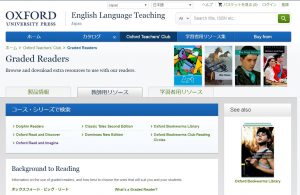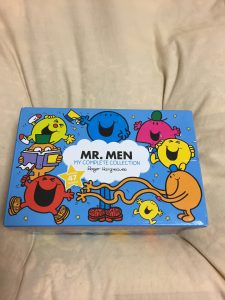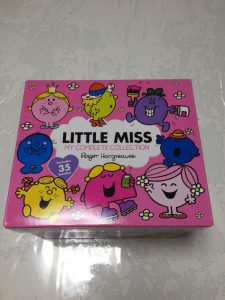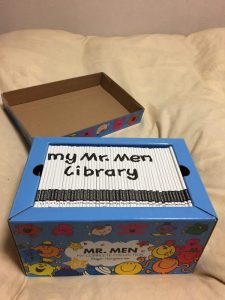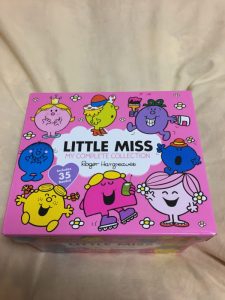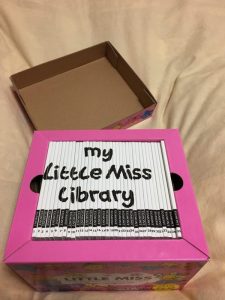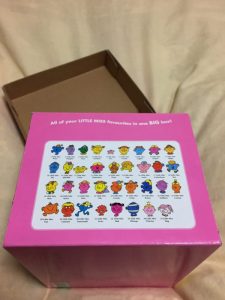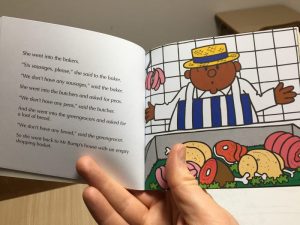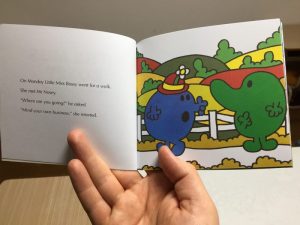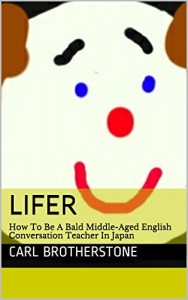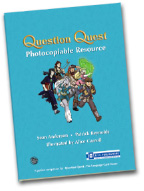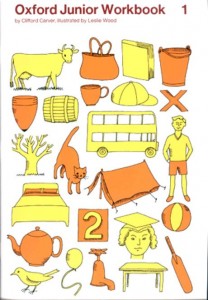New Graded Readers from OUP
I got an email the other day with the list of new graded reader releases from OUP.
Basically:
- 2 new Classic Tales,
- 4 Dominoes,
- 4 Bookworms
- 1 Bookworms Factfiles
- 3 Bookworms Playscripts
- and a whole bunch of Read and Imagine titles.
To be honest, I was a bit underwhelmed.
The Read and Imagine titles are nice, as that series is finally coming together (but I still like Read and Discover better, as the content and difficulty are slightly better aligned).
Now that the Academy is taking off, and to address our perennial problem at Tohoku University, I basically want new books. Lots of new books, and ideally books that are not yet another rewrite of Romeo and Juliet, or Jane Eyre, or Hamlet, or whatever.
I mean, seriously, if ten other publishers have already done a version of a classic book, please don’t make more.
I know it’s cheap to adapt a classic, and people will buy it for the name recognition, but what really gets me excited now is new original content, both fiction and non-fiction.
I’ll order the Read and Imagine stuff and review it here at some point.
Anyone else sick of the endless rewrites?
REVIEW: Mr. Men and Little Miss Books
Really great. Much better than I expected!
I got these two boxed sets recently to add to our library at the Cambridge Academy. However, before I could use them with our students my granddaughter got her hands on them and insisted I read them all to her first -they are now her favorite books by far.
I’ve turned into a big fan too. I’ll run through what I think of each set briefly, then talk about how they might be used in a program.
The Mr Men My Complete Collection box contains 47 paperback Mr Men books in a very cool box.
The books are a bit hit and miss, but most of them are really entertaining.
My personal favourites are Mr. Tickle, Mr. Greedy, and the surprise hit Mr. Dizzy. We loved Mr. Dizzy because it contained several riddles aimed at young children, and Alyssa was thrilled to be able to answer them.
In fact, all the Mr. Men and Little Miss books are aimed at children, introducing slightly more adult vocabulary and frequently speaking directly to the reader, encouraging them to interact with the books. They also contain little moral lessons, but this is not too overwhelming.
The Little Miss My Complete Collection is similar, consisting of 35 paperback Little Miss books.
To be honest, I was a bit worried these would be very dated, or sexist. So far that has not been the case. We’ve only read half a dozen of these, but already I’ve found a couple I love: Little Miss Magic (where Mr. Tickle’s arms get shrunk) and Little Miss Hug.
In fact, I think the Little Miss books might even be better, because they tend to feature other characters and integrate them into the stories. Somehow they work really well.
From an ER library perspective, word counts and YLs for both the Mr Men and Little Miss books are in the Tadoku Kanzen Guide (with just a couple of exceptions for each box -the newest books). There is no audio, but I am planning to record our own -this would be a ‘two birds with one stone’ situation, as I could then give a copy to Alyssa too 🙂
The books are all YL1.5 or so, and 500-800 words, with simple stories and occasionally challenging vocabulary or grammar. The language is slightly old-fashioned, and some of the character names don’t mean what I originally thought they meant. Mr. Dizzy, for example, is actually stupid rather than off-balance, and Mr. Mean is stingy rather than bad-natured.
Here are a couple of pages to show the kind of language used:
Still, for the beautiful artwork and the wonderful stories, I really recommend this series. I can’t wait to introduce them to our students, and am even looking forward to making the audio for each one.
Does anyone else have these books? Anything to add?
REVIEW: Lifer, How to be a Bald Middle-aged Conversation Teacher in Japan
I’m really pleased to kick off 2015 proper with a review of Lifer: How to Be a Bald Middle-Aged English Conversation Teacher in Japan. Based on the blog of the same name, it is written by the teacher behind Good and Bad Japan, a whimsical look at daily life here.
I think Carl must be a bit like me, because I suggested he turn his hilarious blog into an ebook years ago, and it’s only just come out 🙂
Lifer is probably the best book I have read about teaching English in Japan. Most of the time I could imagine that he was writing about my life, as I have lived many of the scenes in the book. A lot of the time it is laugh-out-loud funny, but the best thing about it is the author’s love of Japan and teaching that shows through the cracks in the anecdotes.
Please buy a copy immediately if you teach English in Japan or are considering doing so -not only will you enjoy it immensely and probably learn some things, but if it does well enough Carl may even get around to writing a sequel.
REVIEW: Question Quest Photocopiable Resource
A Useful Supplementary Resource
R.I.C. Publications was kind enough to send me a review copy of their new supplementary material for the Question Quest card game. As I wrote in my review of the game, I like it as a fun way to practice simple conversational strategies with junior high school and above students.
This new collection of photocopiable worksheets consists of:
- some pages of background information about the world the game is set in and the characters (pretty high level English)
- 74 worksheets, one for each of the question cards in the game
- supplementary materials, including two versions of a fun collaborative ‘boss battle’ variation game
The bulk of the resource is the worksheets, each of which includes some simple language practice first (grammar or vocabulary) followed by practicing the question as used in the game. The worksheets are visually appealing with some small pictures. Personally I found them a little crowded, but this is a reasonable compromise in order to fit all of the content onto one page. The language content is fairly simple and somewhat repetitive.
I can see two main uses for the worksheets in my class. The first is as something to do regularly as a language supplement, alongside playing the game. Every class I’d give the students one sheet, working through them all over a period of almost two years.
Another way to use them would be as a remedial resource: students who had trouble with a specific question card in the card game could be given the corresponding worksheet and a quick explanation.
Ultimately this resource is not able to (or designed to!) stand on its own. If you use the game in your classes you may find this a useful supplement. If you don’t use the game I would recommend checking Question Quest out. I wouldn’t say the worksheets are essential or necessary, but some teachers and students may benefit from the deliberate practice they provide.
You can see an example of one of the worksheets on the product page. It is similar to all the others.
Review: Oxford Junior Workbooks
An oldie but goodie
The Oxford Junior Workbook series is a great homework resource for elementary school age children. There are ten workbooks in the series, from the introductory A and B, to the 1-8 of the main series. We have been using these for many years now, and find them extremely useful as supplementary homework for children (post-phonics, pre-intermediate).
The Good
- Price. The books are 735 yen before discounts, so one of the most economical workbooks around.
- Intuitive. Most of the exercises are fairly intuitive and require little explanation. Perfect for homework.
- Well designed. The books build up language and concepts slowly in a very learner-friendly way.
- Range of activities. There are a range of activities, from colouring to matching, writing, and drawing.
The Bad
- Dated. The books are showing their age in terms of design.
- Dated. Some of the language and content is archaic (ink blot?).
- Dated. Slightly sexist and non-PC at times.
Overall
Overall the Oxford Junior Workbook series is a great way to provide extra work outside of class that student enjoy and find useful. They can be used in lockstep by assigning specific pages as homework, or individually by allowing students to work at their own pace. The books are cheap enough that buying one or two each year shouldn’t break the bank.
Very much recommended.
